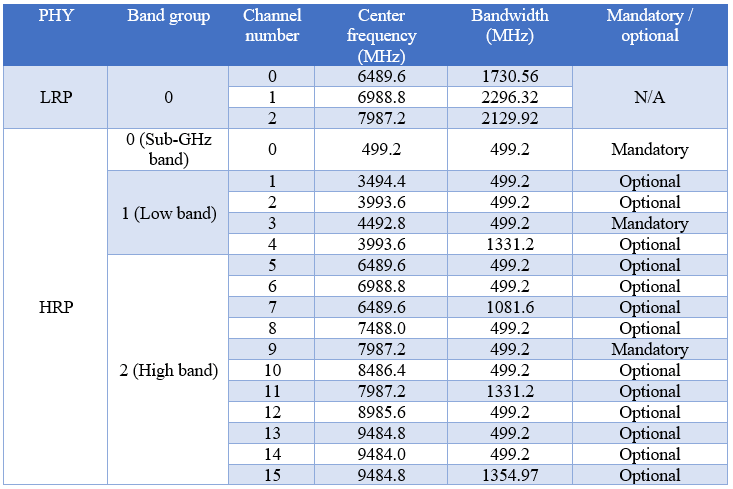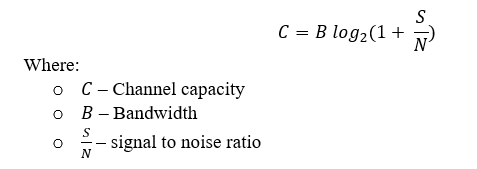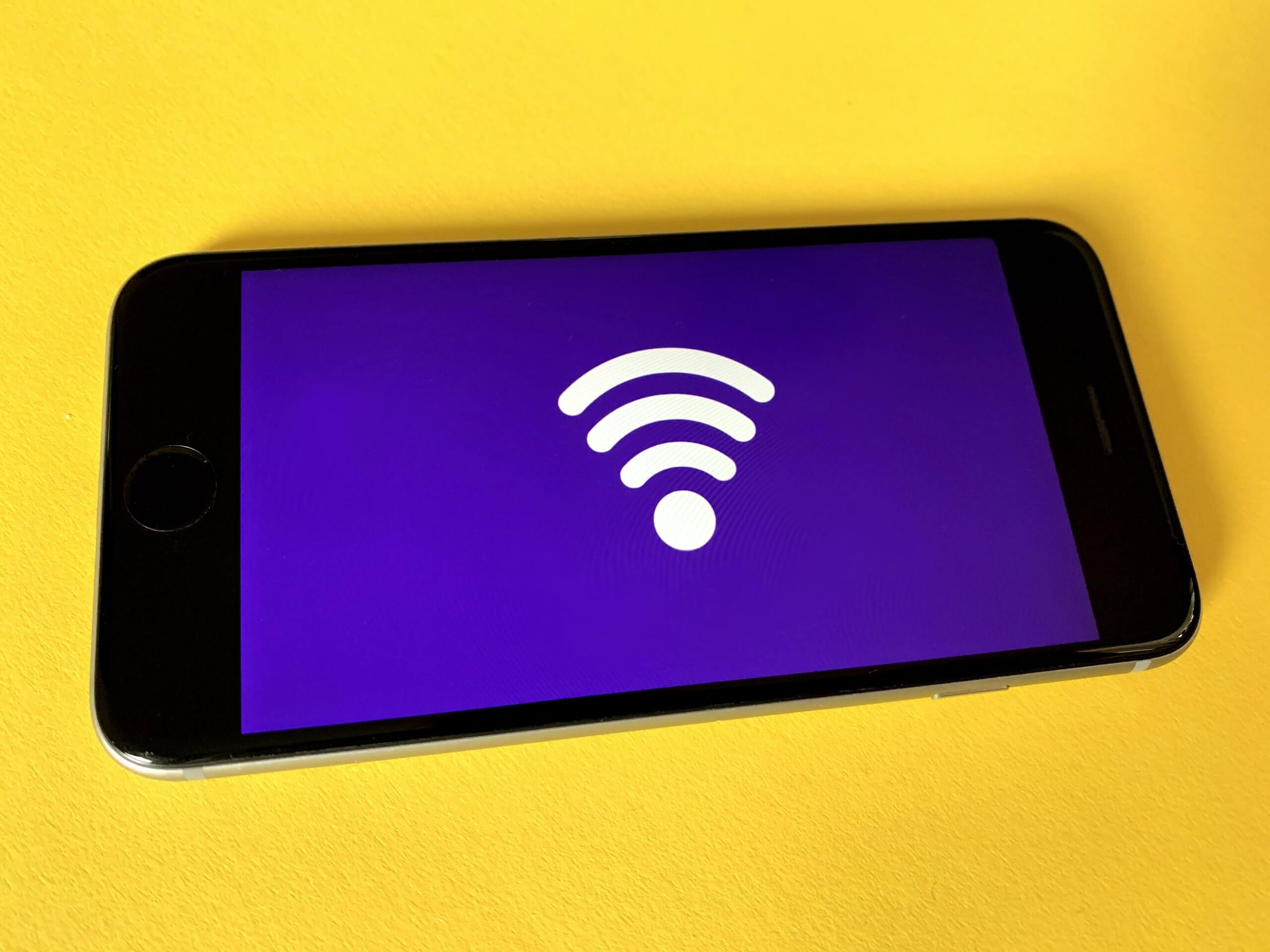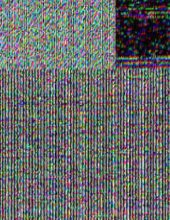Since the first discovery of the Ultra-wideband technology (in short: UWB) it was continuously researched and even used in several specific areas. However, it took about one century for companies to start using it in a commercial products which are accessible by everyone.
So how UWB differs from other commonly used wireless interfaces, where is it used and why we believe it may change the approach to the communication?
History snapshot
The research on the UWB technology started right along with the discovery of the radio communication in general. It is said that the birth date of the UWB was around 1885 when the Guglielmo Marconi used spark-gap transmitters for radio communication (Morse Code) over the Atlantic Ocean. For few next decades it was researched, and its capabilities were being defined. During World War 2 and following years it turned out that using UWB technology it was possible to identify the speed, location, and direction of the objects in space. That is how the RADAR [Fig1] was invented (1950/60s).

Of course, the usage of the UWB back then was quite different than how it is used now in the commercial market, still the main principles were the same, we will discuss them later.
Due to its military possibilities, UWB usage was restricted in USA until 1990. After 1990 first commercial, licensed products were released and finally, in 2002, FCC (Federal Communication Commission) has allowed the unlicensed usage of the UWB. It took almost next 2 decades for the market to get the maturity of UWB chips good enough to be released for the regular customer.
As it comes to the UWB related standards, these were introduced and improved quite dynamically. To list a few of them [Tab1]:

As of the date this article is being written, the last one is the latest of the IEEE Standards for Low-Rate Wireless Networks.
UWB is now covered by the UWB Alliance (formed in 2018, members list includes but is not limited to Hyundai, Apple, Samsung, Decawave) and FiRa Consortium (formed in 2019, includes Samsung, HID, AssaAbloy, Hyundai and more).
What is UWB?
Ultra-wideband is a wireless technology allowing to transmit data in a short range with high throughput. It is usually defined as follows:
- Wireless communication technology that uses a wide bandwidth:
- -10dB bandwidth greater than 500MHz,
- -10dB fractional bandwidth greater than 20%.
- For unlicensed usage, FCC allows the usage of frequencies between 3.1 and 10.6GHz and forces extremely low spectral density comparable to a floor level [Fig2].

- It uses impulse radio with truly short pulses (less than 2ns).
Thanks to the main characteristics of UWB is possible to keep the high data ratio while spreading the radio energy across the extremely wide frequency band, causing it to be almost negligible for the narrowband transceivers (like the environmental noise).
Typical UWB interface can be called as carrier-free technology due to its nature (still we must remember that we can use UWB as a carrier-based communication interface as well!). Usually, other Radios interfaces use a sine wave RF carrier for the wireless communication, while UWB uses short, time domain, modulated high-frequency and low energy pulses [Fig3]. This allows it to potentially achieve a data rate greater that 100Mbps (it is assumed that 480Mbps could be achieved for a short range) and not causing significant interference. Still, such numbers are rather theoretical only and much lower data rates are used in real applications.

Impulse radio UWB is using two different PHYs [Tab2]: Low/High-rate pulse repetition frequency. High rate PHY (HRP) is used for the most interesting nowadays use-cases:
- Fast data communication (around 27-31Mbps),
- Precise two-way ranging and positioning.
LRP is usually used for RFID related applications where the high data rate is not needed. It can work in one of three modes:
- Base mode – highest data range,
- Extended mode – balance of the data rate and sensitivity,
- Long-range mode – best sensitivity, best range.

Each of the PHYs is limited by the predefined bands as described in the table below [Tab3]. For HRP PHY, each of the band group has its own mandatory channel. Usually, the bandwidth is 499.2MHz however it can be up to 1335.4MHz for channel 15. Table 2 UWB PHYs for IR-UWB

UWB signal formats
Multiple different signal formats are used nowadays. Below, the most typical use-cases are described.
- Impulse radio UWB (IR-UWB) – this signal format was used in the previous chapter as the “typical UWB usage” – transmission is based on a short, high frequency and low energy pulses.
- Direct sequence (DW-UWB) – Similarly to the IR-UWB, it is a single-band approach that uses a short pulses and time domain signal processing but this time it is also combined with a direct sequence spread spectrum (DSSS) techniques. Signal is coded (multiplied) with the pseudorandom spreading sequence [Fig4]. Due to signal spreading, the output power is extremely low and hard to detect / interfere with / by other systems.

- Multiband UWB (MB-UWB) – UWB spectrum is divided into multiple frequency sub-bands [Fig5]. This technique allows the usage of frequency (band) hopping. Based on time frequency codes (shared between the transmitter and received), devices are changing the frequency band currently used for the transmission.

UWB signal modulation
UWB signals can be modulated in pre-defined schemes. Few of them are listed below:
- On-Off Keying (OOK) – pulse is transmitted only when logical ‘1’ is to be sent. Otherwise, no signal is transmitted.
- Pulse Position Modulation (PPM) – pulse is shifted whenever ‘0’ is to be sent. When ‘1’ is to be sent, no pulse shifting is used.
- Binary Phase Shit Keying (BPSK) – ‘0’s are phase shifted by 180º in relation to ‘1’.
- Pulse Amplitude Modulation (PAM) – Information is encoded by the signal amplitude. ‘0’ will have different amplitude than ‘1’.
Picture below [Fig6] shows the comparison of the signal modulation schemes.

Advantages of UWB
So why are we actually interested in the UWB technology? Due to the specification of the UWB, this technology has some big advantages over the narrowband communication. The main of them are listed below.
- Low power == little interferences – according to the FCC, the max allowed power requirement is 41.3dBm/MHz [Fig7]. This restriction causes the UWB transceiver to be placed below of typical narrowband devices. We can easily use the UWB with additional radio interfaces without almost any interference. This is especially crucial when it comes to a mixed solutions in which UWB is just one of many wireless communication interfaces.

- Resistance to harsh environment – according to the previous equation, channel capacity is only logarithmically dependent on the signal to noise ratio, thus even though the SNR can be quite low, we can still get a large channel capacity due to the outstanding bandwidth.
- High data rate – as the bandwidth increases, the maximum data throughput increases as well. We can define a data rate in terms of the channel capacity – so the maximum rate at which data can be transmitted through specific channel. One of the simplest ways to define the channel capacity is to use the Shannon-Hartley theorem defined as follows:

According to this equation, channel capacity is directly proportional to the bandwidth.
- Excellent location precision – UWB can measure the proximity / location with a precision of few centimeters. It brings the UWB to the first place regarding the objects positioning.
- Resistant to multipath phenomenon – multipath problem [Fig8] is related to the possibility to capture a radio pulse reflected from other (than targeted) object which can significantly impact the accuracy of the system. Problem is presented on the picture below.

Extremely short duration of the UWB pulse means that there is a very show window for the reflected pulse to collide with the correct, line of sight pulse.
- Outstanding obstacles penetration – thanks to the wide range of the frequencies (to be more precise, the low frequencies included in the UWB spectrum) it is possible to penetrate varied materials especially including walls. Which makes the UWB perfect for the penetrating radars applications.
- High security, low detection – due to the low power of the emitted signal, it is much more problematic to intercept the data. The potential attacked must be very close to the transmitter to be able to detect the transmission. Moreover, UWB uses codes unique for each transmitter / receiver pair.
- Small antenna – due to high frequencies, it is possible to use smaller antennas that in typical narrowband use-cases.
- Safety – nowadays there is a lot of discussions related to the safety of the wireless interfaces, especially when 5g is slowly taking over the market. One can argue if these discussions are meaningful or not, still due to the strict regulations, UWB ensures that in comparison to other wireless interfaces it is harmless. The power of UWB pulses is much lower (10 000 times lower or even more) than the power of other radio transmitters which are located in the typical mobile phone.
- Simpler transceiver – UWB technology requires much less complicated transceivers.
Main applications
Ultra-wide band technology is slowly getting to be used in a variety of different areas: from the smart home, through medical up to industrial / enterprise markets [Fig9].

Thanks to its advantages we can define a several of the use cases where the UWB is already used, and more are definitely incoming.
- Precise location
- Radars,
- Proximity detection,
- Device localization with a precision of few centimeters.
- Data transmission
- High data rate in a short distance.
- Secure use-cases
- Payment solutions, Close proximity, more secure than NFC,
- It is much more resistant to the interferences, harsh environment use-cases,
- Access control, Vehicle access – protection from the eavesdropping / relay attacks,
- Easier access – no need to take out the mobile phone out of the pocket.
- Healthcare
- Diagnostic,
- Health condition detection,
- WBAN – wireless body area network.
- Sport
- Player’s tracking.
What’s next?
One could say that it is quite similar to other commonly used interfaces like BLE or NFC however the basic principles of the communication technology are quite different. It is said that UWB based radio is going to play a key role in the future of wireless communication.
In this chapter we tried to just summarize the potential hidden in the ultra-wideband technology which is being slowly discovered and used in the commercial applications. In the next article (VOL2) we will take a closer look to the UWB frames and how they are encoded / decoded.
















Leave a comment